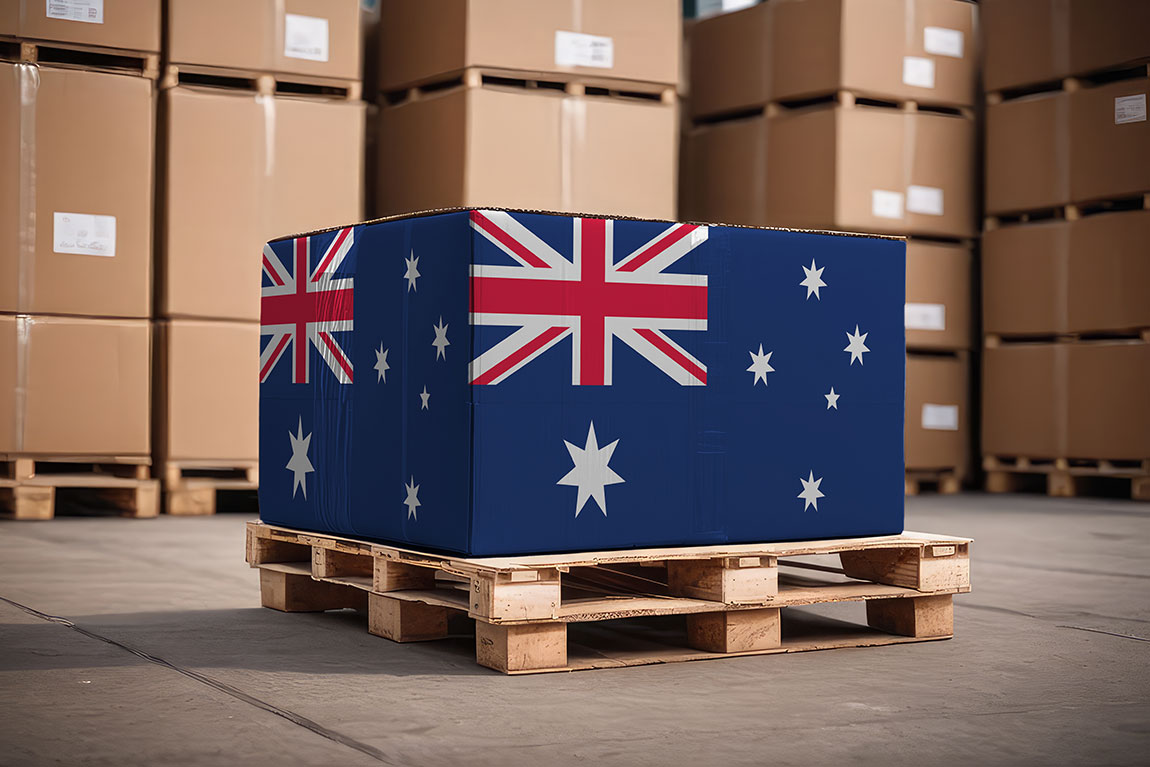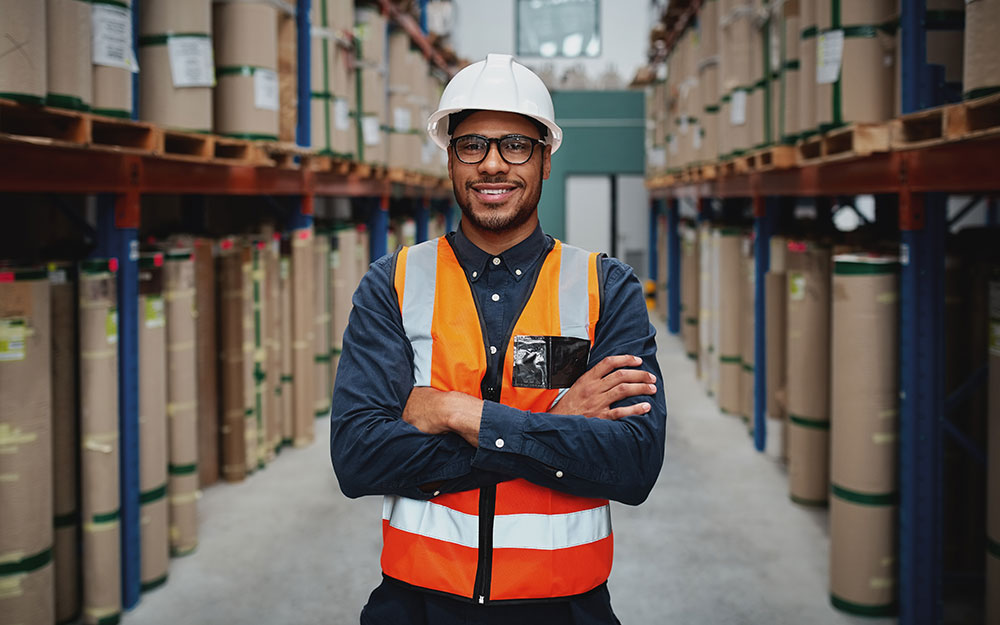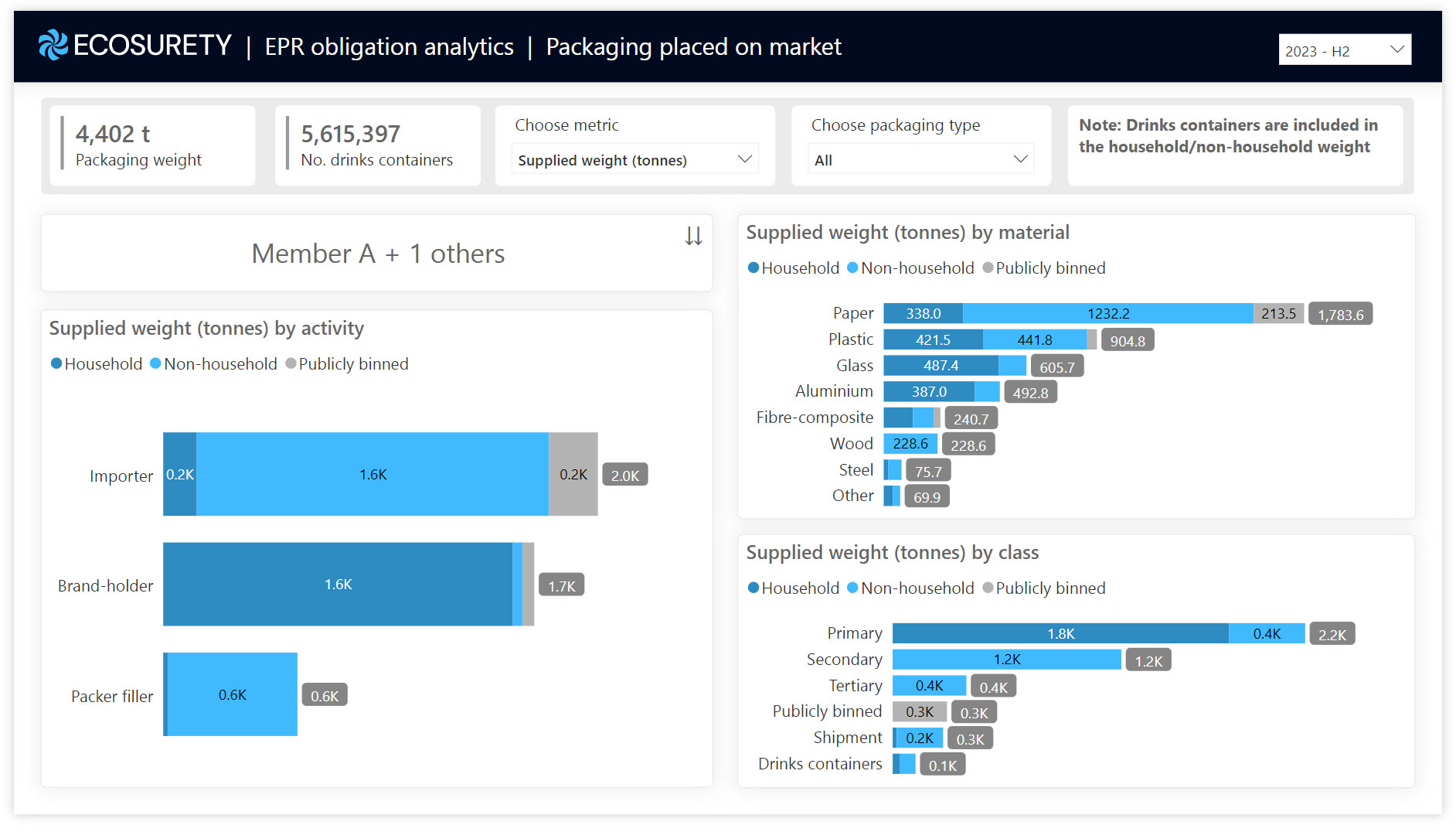Contents
Share
Introduction
My name is Alison and I've recently joined Ecosurety as a Packaging Sustainability Specialist. For seven years, I worked for a not-for-profit co-regulatory organisation working to reduce the environmental impact of packaging in Australia. Similar to the role of compliance schemes in the UK (like Ecosurety), the organisation provides a mechanism through which businesses report on their packaging and waste, with the only other pathway being direct reporting to government. It also provides tools and resources to support businesses in making sustainable packaging decisions, and leads the ANZPAC Plastics Pact.
This was a great experience, as I was able to engage with hundreds of businesses across the packaging supply chain - from raw material suppliers, to packaging manufacturers, brand owners, recyclers and reprocessors - as well as all levels of Australian government. Through this, I saw firsthand the challenges faced at different stages of a packaging item’s lifecycle, and was able to contribute to various working groups, help set reporting requirements, and develop training courses and resources, looking at solutions and opportunities to improve sustainability within the packaging industry.
During my time in the Australian packaging industry, sustainability became a bigger focus, and businesses stopped asking “why?” and started asking “how?” when it came to sustainable packaging design. This appears to be a global trend, but it’s interesting to see how each country responds to “how?”.
The packaging supply chain is global, businesses are importing and exporting packaging and packaged goods, and while every country will have its own approach, it’s important that we consider the global influence of any decisions made and how countries compare.
Different regulatory approaches
Globally, we have collaborative efforts for plastic reduction such as the Ellen MacArthur Foundation’s Plastics Pact Network, and hopefully by the end of 2024, a global treaty to end plastic pollution will be finalised by the Intergovernmental Negotiating Committee.
In Australia, the Commonwealth Government’s Department of Climate Change, Energy, the Environment and Water is reforming packaging regulation following review of the existing National Environment Protection (Used Packaging Materials) Measure 2011 and the Australian Packaging Covenant. It’s intended that the reform will ensure all packaging is designed to be recovered, reused, recycled and reprocessed in line with circular economy principles. In June 2023, the Environment Ministers (federal and state/territory) agreed to introduce mandatory packaging design obligations, and public consultation on this is currently underway.
In the UK, new extended producer responsibility (EPR) packaging regulations have already come into play, but this is continuing to evolve. Interestingly, there appears to be a greater focus on data collection and looking at financial incentives for the use of materials, and less on driving direct design changes to more sustainable solutions.
The UK is currently at the forefront of packaging regulation reform. Australia’s government and packaging industry is watching the UK and European packaging regulation space carefully, particularly around design requirements and eco-modulation, to inform its own changes to legislation.
What’s working well in the UK?
Significant thought has occurred in the development of the UK’s EPR packaging regulations, particularly around the movement of packaging throughout the supply chain, and where responsibility on the packaging and reporting of data should be. This is continually evolving as new scenarios become known and communicated to government.
Given the material volume and turnover thresholds that have been set to determine obligated producers, the majority of the market should be captured under the regulations for reporting. This will help provide a more accurate depiction of the volumes of material entering the market, which can be used to inform future recovery and reprocessing capacity needs with greater confidence. Small organisations will also benefit, as no PRN or waste management fees will be required, reducing the financial burden.
The inclusion of mandatory recyclability labelling on-pack by 2027 will also greatly benefit industry, with harmonised disposal labelling helping to reduce customer confusion at the bin, reducing contamination levels in recycling streams and leading to a higher quality recyclate ready for use in new packaging products. This will be essential for a successful transition to a circular economy.
What could be improved in the UK?
There are, however, some areas the UK could improve. Here are three potential areas of opportunity that I have identified:
1. Phase-out hazardous chemicals
The biggest surprise for me since being in the UK packaging industry, is the fact that hazardous forever chemicals such as per- and polyfluoroalkyl substances (PFAS) are not in discussion for ban and phase-out in the UK packaging regulations.
Australia’s Commonwealth Government intends to regulate-out harmful chemicals and packaging contaminants such as PFAS from 1 July 2025, and current conversations around Europe’s Packaging and Packaging Waste Regulation suggest that PFAS will be prohibited above certain thresholds in food contact packaging.
PFAS are particularly harmful as they bioaccumulate and take an extremely long time to break down - more information about PFAS can be found here.
As businesses look to move away from plastic following the introduction of the Plastic Packaging Tax and single-use plastic bans, we’re seeing a large increase in fibre-based packaging in which PFAS is particularly prevalent and it’s important we’re not shifting from one problem to another.
2. Collect and report data at a more granular level
Currently, EPR reporting requests figures on plastics as a grouping rather than at a polymer level, and materials are not broken down into different formats. Plastics are a broad group, and different polymers and formats have different benefits and challenges.
It’s likely that more granular reporting will come into play in the future, but in the meantime, understanding the volumes of these materials in the market will provide greater benefit to the industry, as it can indicate where investment should be made for recycling and reprocessing. This may inform how much potential feedstock for recycled material will be available, supporting businesses as they work towards the 30% threshold for the Plastic Packaging Tax.
Having more granular data will also allow businesses to know which key materials they should be focusing on phasing out like expanded polystyrene (EPS), polyvinyl chloride (PVC), plastics with carbon black additives and oxo-degradable plastics. It’s also likely that eco-modulated fees under EPR will eventually be at a polymer level, so it’s important to start collecting this information now.
Currently, both industry reporting obligations and formally published annual reports on packaging consumption and recovery in the Australian market occur at not only a material level, but go into greater depth, considering polymer, colours and format. This creates a clearer picture for the packaging industry on where improvements could be made.
3. Consider neighbouring regulations
Many businesses operating in the UK are also operating in Europe. Decisions made in one market, will inevitably impact the other, and brands will likely be making packaging design decisions based on both markets.
We’re seeing a lot of strong decisions on packaging design coming through from the Packaging and Packaging Waste Regulation in Europe. Minimum recycled content thresholds and recyclability levels will determine whether a packaging format can be sold into the market, and they will likely impact packaging design in the UK. A business will likely prioritise use of recycled content in Europe-bound product packaging if not meeting the threshold means it cannot be sold in Europe, versus paying a tax in the UK. This may mean economic impacts here in the UK, so it’s important to keep across what is happening elsewhere.
In Australia, the industry is in a similar position, with many businesses also selling into the New Zealand and Pacific Islands region. Close discussions are happening across the region not only at a business level, but a government level, to align where possible. This is particularly important due to remoteness and the smaller market sizes.
It’s important not to lose sight of the aim of these various regional regulations – to reduce the impact of packaging on the environment overall. It’s important you work in collaboration with your supply chain and look at what is happening internationally. Sustainability shouldn’t be a competition; everyone should be sharing in the efforts to reduce our impact.
How to start your sustainability journey
Unfortunately, there’s no one-size-fits-all answer when it comes to packaging and how best to implement sustainable packaging design. What works for one product, may not be best for another, and what works in Australia may not be best for the UK. They are different markets with different challenges. The main thing is that industry is taking a proactive approach to designing packaging with sustainability in mind.
If packaging sustainability is an area you need to improve, the most important thing you can do, is to start now. Get involved in industry events and discussions, work collaboratively across your supply chain, understand the value of data and collect as much information about your packaging as you can to make informed decisions, and continually look to improve.
We're here to help you
Over the next few months, you’ll start to see new articles available within the Ecosurety Hub on a broad range of topics relating to packaging sustainability. Keep an eye out for these, and feel free to contact us today at info@ecosurety.com if you need support on your packaging sustainability journey.

Alison Appleby
Packaging Sustainability Specialist
With a Master of Environmental Management and experience in the Australian packaging and recycling sectors, Alison joined the Ecosurety team to support businesses of all sizes on their packaging sustainability journey.



